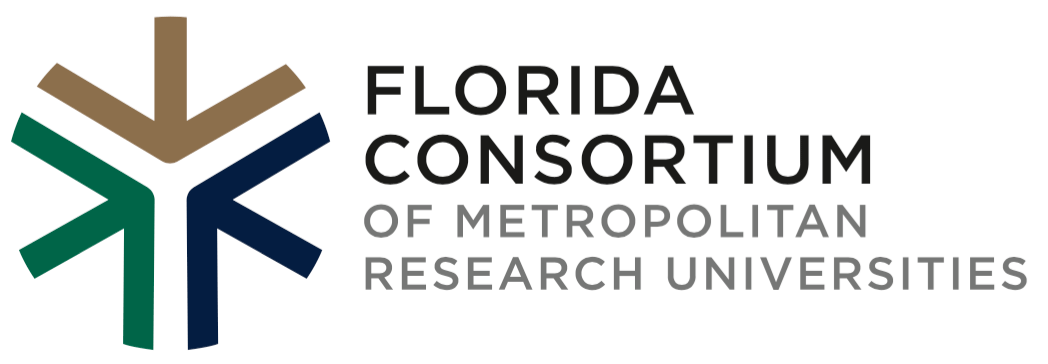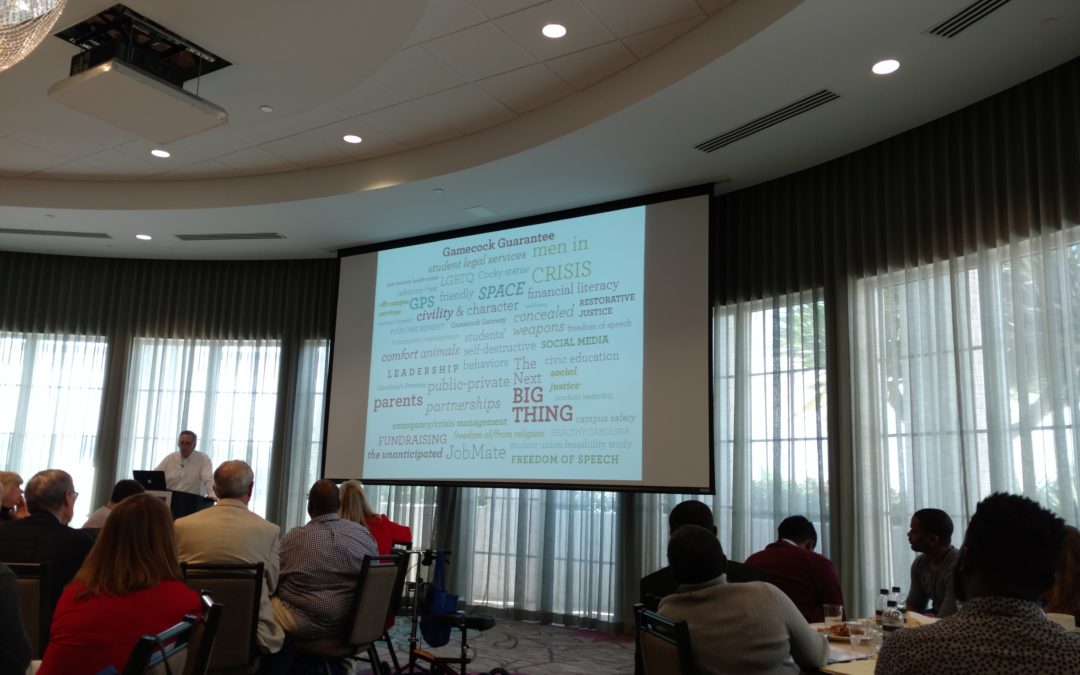Faculty members from Florida International University, the University of Central Florida, and the University of South Florida recently met to develop College to Career Networked Improvement Communities aimed at “getting better at getting better” (Kerchner, 2017) in STEM education. With help from the Helmsley Charitable Trust nine network improvement community leaders will address ways to improve classroom engagement, talent and employer development, and pathways for transfer students. This is an “all in” attempt to create even more access for our diverse student population.
The faculty and member institution are already leaders in producing diverse graduates in STEM. All three universities rank in the top 10 universities in terms of the number of STEM graduates. In fact, Florida International University awards more degrees to more Hispanic engineers than any university in the United States. However there are areas that all three universities need to improve in order to close lingering achievement gaps. The group is employing the “Learning to Improve” model outlined by the Carnegie Foundation for the Advancement of Teaching. This model capitalizes on strengths and building on success rather than assuming gaps are produced by deficiencies.
By understanding what causes achievement variations faculty can adjust classroom strategies to include additional learning styles. This will also help them to meet students where they are. Participants will also learn from the students they teach, coordinate with two year faculty, and listen to the business and industry; essentially employers in the community. According to Dr. Ginny Botts; “if we are not listening to our students and understanding their experiences then all the good teaching in the world is not going to help them. Improvement science teaches us that most achievement gaps come from issues outside of the classroom.”
Faculty also posed these major questions:
- How do faculty address the differences in learning styles as classrooms become more diverse?
- How can flipping the classroom engage a classroom comprised of different ethnic and or age groups, and learning styles?
- How can we be more equitable in a class of 300?
- Are faculty and employers on the same page when it comes to talent development and placement?
- Are we using common language when it comes to preparing students for life outside of the classroom?
- How do we close the achievement gap for students transferring from two year colleges and ensure they are ready to tackle advanced coursework?
In summary, faculty will be meeting and working over the next 18 months to answer these and more.
Over the summer faculty from FIU, UCF and USF will recruit additional partners to curate findings and literature.
The goal is to create concrete improvements along with a comprehensive story line for student success.
Up next, faculty will gather on September 8th in Orlando to share results and discuss next steps.

